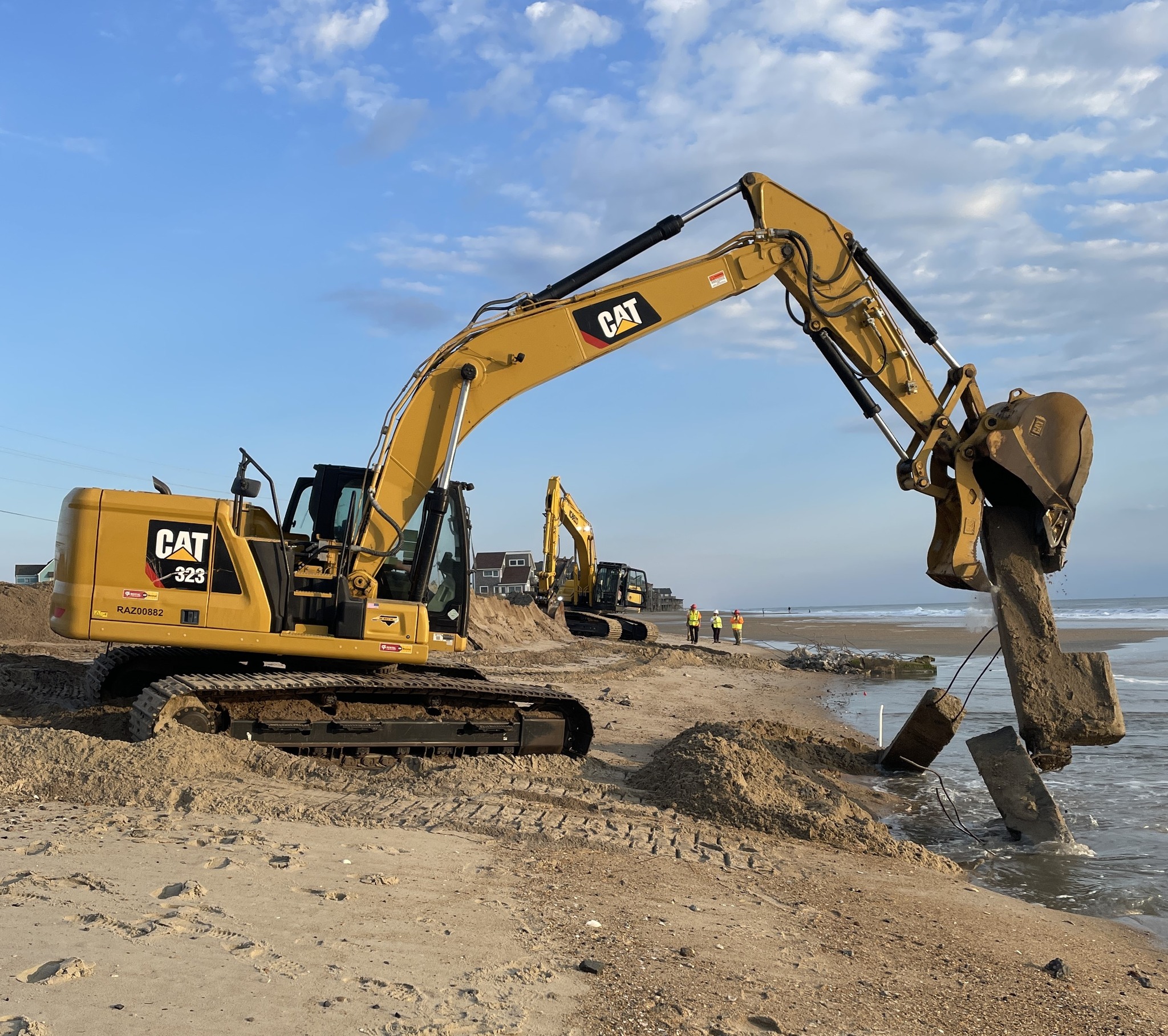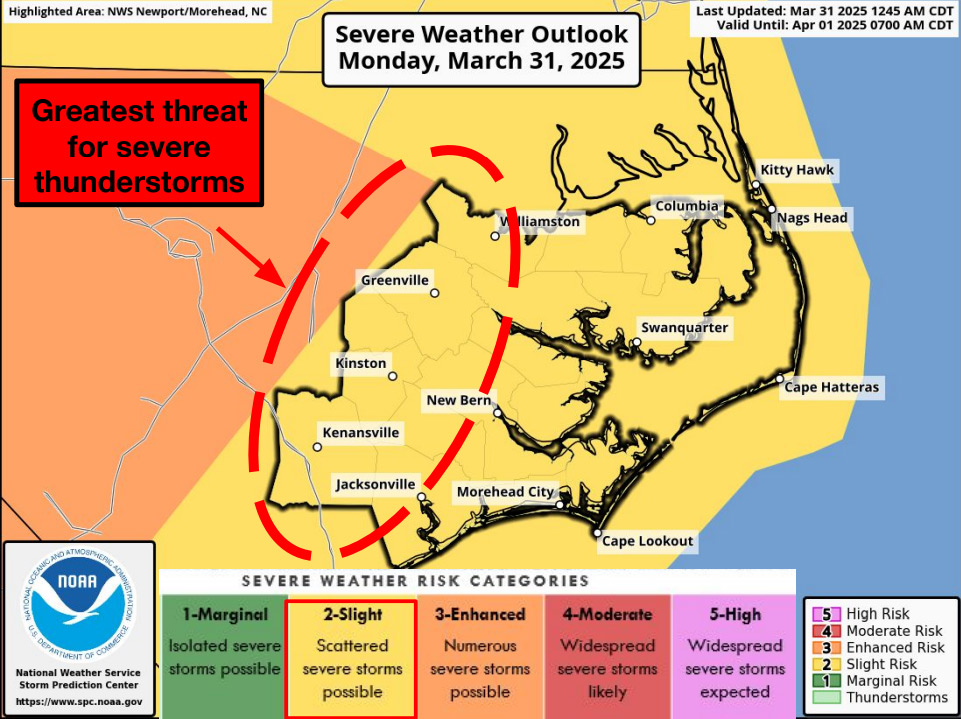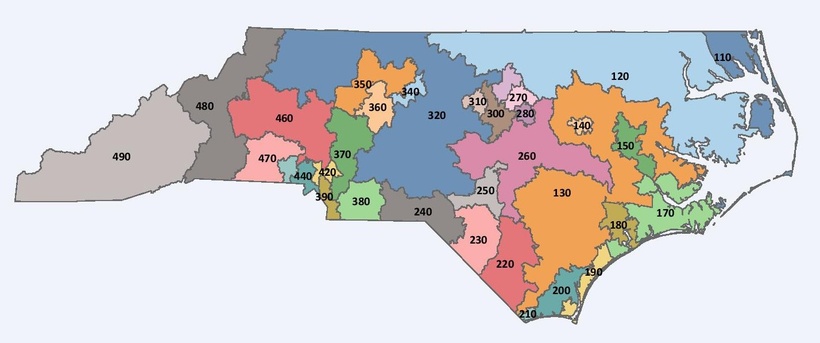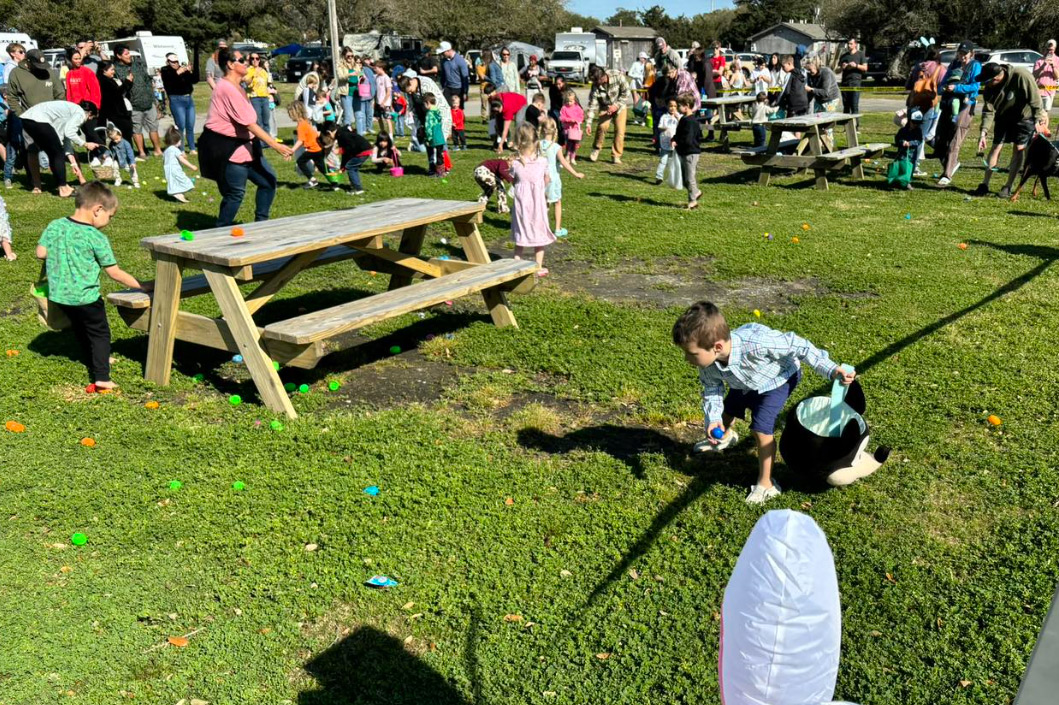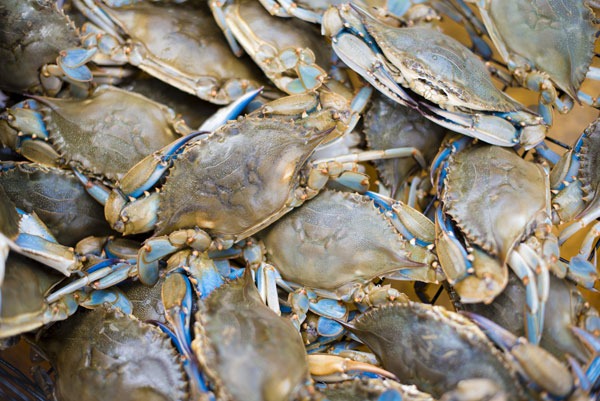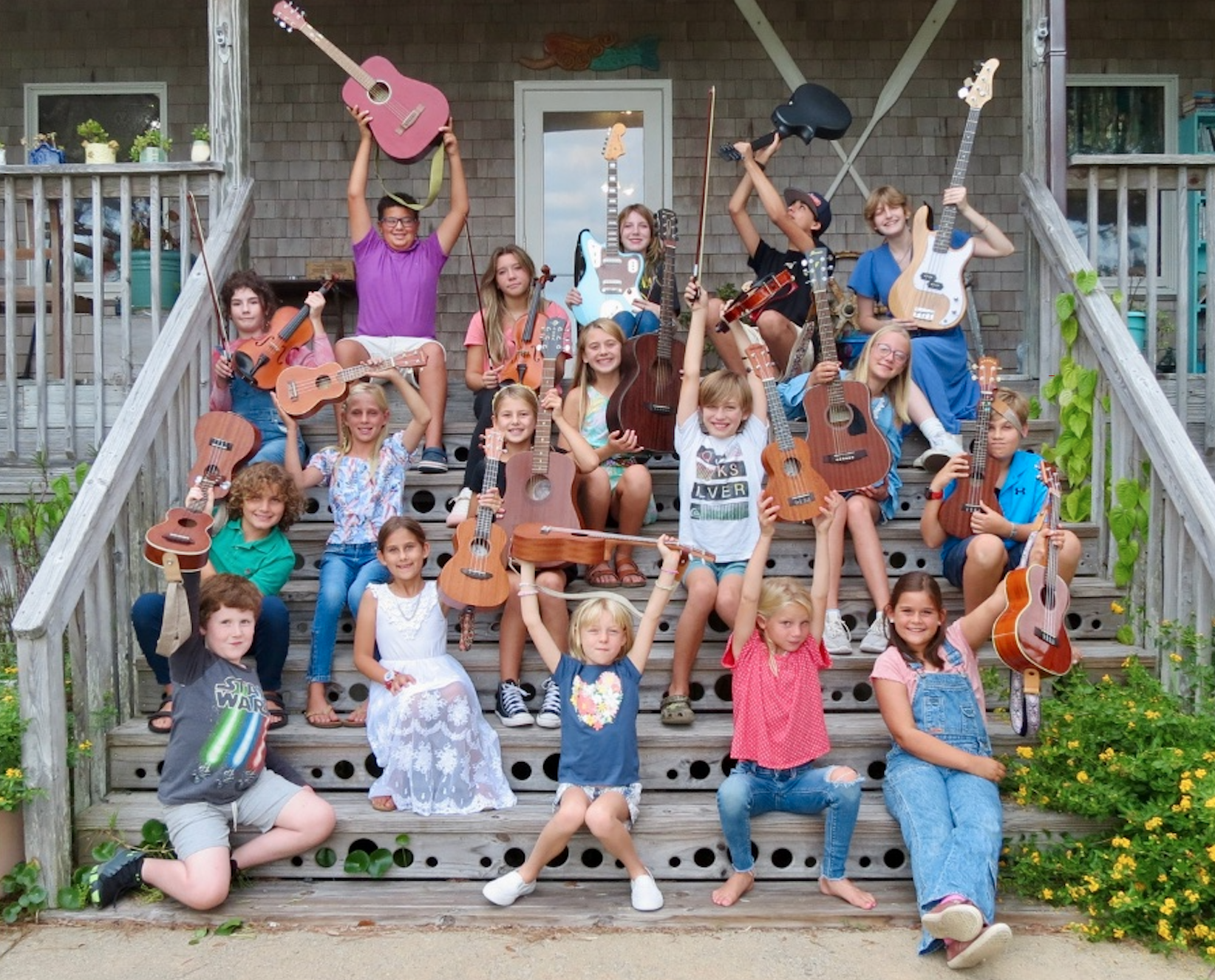Island History: A spotlight on stories from the Outer Banks’ Life-Saving Service

The Chicamacomico Life-Saving Station (CLSS) is celebrating its 150th anniversary this year, as one of the seven original Life-Saving Stations to be built in North Carolina in 1874.
As such, the Chicamacomico Life-Saving Station and Historic Site in Rodanthe will be sharing stories about the seven 1874 Outer Banks stations in the months ahead, leading up to the official October celebration of the United States Life-Saving Stations’ 150th anniversary in the state.
The following is the next of these Life-Saving Station feature articles to honor the #LegacyofLifeSaving, written by Jen Carlson for CLSS.
A Grateful Soul – A historic rescue by the Chicamacomico Life-Saving Station
On a stormy night, February 22, 1889, a British bark, The Josie Troop, foundered just south of the Chicamacomico Life-Saving Station.
Spotted around 7:30 p.m. by the north patrolman on his return to the station, he galloped back to sound the alarm, and returned to the beach to alert the people on board the bark that assistance was on its way.
After notifying the two neighboring stations, the crew immediately headed into the storm with the apparatus cart, and was on scene in about 20 minutes.

The stricken vessel was being tossed around by the rough water. She was about 600 yards from the shore and repeated attempts to send a line out to her failed due to the distance, weather, and movement of the ship.
Keeper J.H. Westcott sent a surfman back to the station to retrieve all the remaining shot lines in storage to have on scene since all but one line had already been used in the efforts to reach the vessel.
The Chicamacomico crew had now been joined by the New Inlet and Gull Shoal station crews as well as concerned neighbors in the community. Around 11 p.m., the mainmast collapsed, and darkness fell as the lights onboard the vessel went out.
The life-savers feared the worst as no sounds could be heard from the bark and in the dark of the stormy night, they could no longer see her. Debris littered the beach, which led them to believe the bark had collapsed in on herself when the mainmast fell. A few surfmen remained on the scene in hopes that the beach apparatus would be needed while the others started patrolling a two-mile stretch of shoreline looking for survivors who had washed ashore.
Around 2 a.m., the wind and waves swung the Josie back into view, and as quickly as possible, a line was fired, and this time, the shot was a success. In a short time, six sailors who had taken refuge on top of the cabin were brought to safety via the breeches buoy. One of the sailors was gravely injured with neck and head injuries, but the others only had minor injuries. The survivors were taken to the station and a chain of phone calls from one station to another lead to the Nags Head Keeper, B. F. Meekins, sending a boat to Manteo to retrieve a local physician who arrived at the station via a relay of station horses early the following afternoon.
For the rest of the night, the surfmen kept watch in hopes others could also be saved. Daylight broke and the hope was dispelled.
The Josie Troop had broken into pieces with the hull of the bark the only recognizable remaining piece, buried under its load of chalk weighing 1,700 tons.
Eleven sailors, including the captain, lost their lives that stormy night. The survivors remained at the station for eight days until a chartered schooner transported them to Norfolk.
It was reported back to the station crew the injured man handled the traveling well and was expected to make a full recovery. First Mate of the Josie, Robert E. Hunter, sent a letter to the station expressing the sailors’ gratitude for their treatment and care during their time of recovery in the days after the incident. In addition, the State Department received a letter from the Secretary of State representing Her Majesty’s Government expressing appreciation for the bravery of the crews and the kindness that was shown to the survivors.
From time to time, pieces of chalk still wash ashore, and several pieces have been donated to the Chicamacomico museum by those who found them.
However, the greatest legacy of the Josie was realized nearly 100 years after the shipwreck. In January 1999, a visitor to the Chicamacomico Life-Saving Station Museum had a unique request in wanting to see where the Josie Troop had wrecked. Escorted out to the beach by a volunteer, his story slowly came out. The bark was named after his great-aunt, Josie Troop. Most of the crew were related, and his grandfather was one of the six that had been saved that night. The elderly gentleman traveled from Europe to see where the events that night had transpired and had wanted to say “thank you” to men he considered heroes, because they never gave up and due to their dedication, he was alive with a heart full of gratitude.
All in a Day’s Work at the Whales Head Life-Saving Station
Sometimes it’s all about the most unexpected: On February 19, 1888, the crew of the Whales Head station, (originally named Jones Hill), discovered nine barrels of gasoline had washed ashore near the station. They pulled the barrels out of the surf and were able to return them to the owner’s agent.



